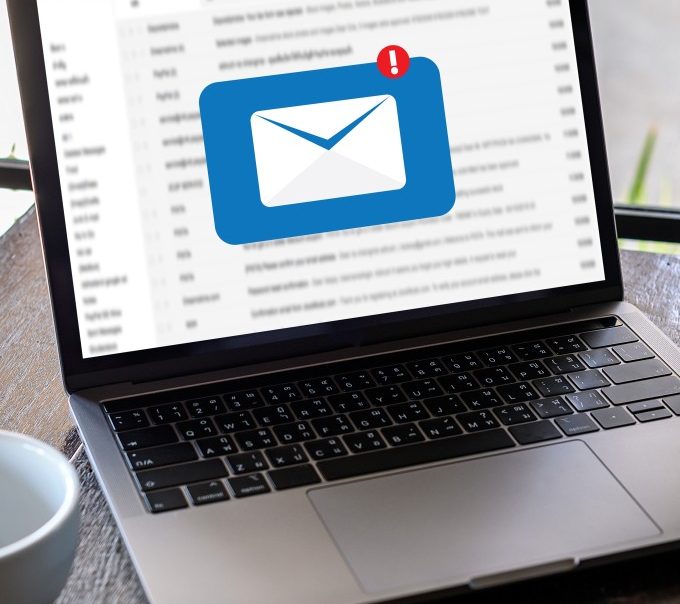We divide our campaign into 3 fundamental steps:
1) We create the mailing list
2) We feed the list
3) We analyze and improve our results
The mailing list, or the list, is obviously the list of email addresses that you will have to slowly collect with the consent of the people concerned, people potentially attentive to your products-services. But how are these email addresses and consents collected ? Offering value, something useful that immediately and concretely resolves a curiosity, a desire for knowledge about a topic or an economic saving (coupons, bonuses, etc.) mailing lists in Santa Fe.
Usually, in exchange for a subscription to the newsletter, they offer:
Ebook
Video guides
Audio guides
Special discounts
Bonuses
Educational-training material with exercises
Registration for contests, webinars, etc …
In short, there are so many ways to entice a person to fill in one or two fields for a newsletter subscription.
So you will have understood that you need a gift and a page where you can present it by asking for registration in exchange, which usually takes place by filling out a form with one, at most two fields (email or email and name).
The page that contains the form the presentation of the gift is usually called Squeeze page, while the gift, in fact, is usually called Report or Birbe .
In fact, in addition to the squeeze page, it is also good to invite users who arrive on our site to action through modules inserted in the sidebar or with pop-up effects using various plugins such as PopupAlly (for wordpress) or similar. The call to action is fundamental, we must never think that the user takes an action spontaneously and autonomously.
The ideal would also be to create multiple Reports and insert links to the relevant pages in the most read (and themed) articles of your website-blog, in guest posts and on the various social channels.
The nice thing about autoresponders is that each user has their own time line, so while a user registered today receives the first email and in a week the second, a user registered a week ago is already receiving the second email and so on. Obviously, thinking of managing many different time lines by hand would be impossible, which is why this service is very useful.




